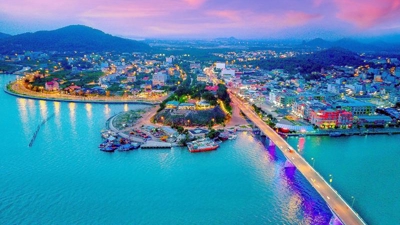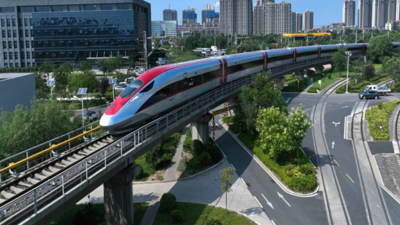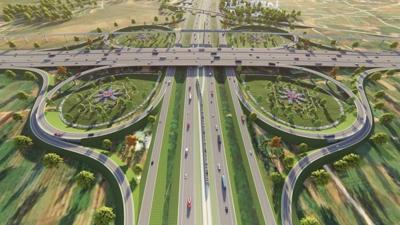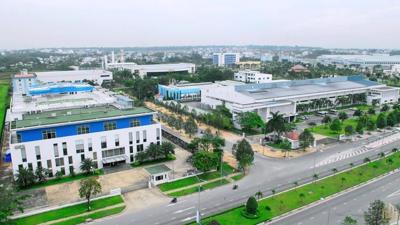HCMC's vision to 2060 approved, paving way for development on par with major world cities
It is set to serve as a driving force for national and regional growth while attracting global financial institutions and corporations.
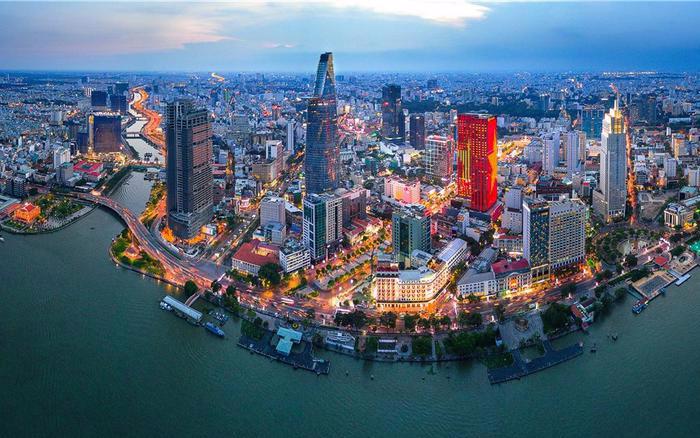
Prime Ministerial Decision No. 1125/QD-TTg, signed by Deputy Prime Minister Tran Hong Ha on June 11, approved the Revised Master Plan for Ho Chi Minh City (HCMC) to 2040, with a Vision to 2060, positioning the city to become a globally competitive metropolis on par with major cities worldwide.
The plan covers HCMC’s entire administrative boundary, spanning nearly 2,100 sq. km, (the city's natural area will be 6,772.59 km2 after its merger with the neighboring provinces of Binh Duong and Ba Ria - Vung Tau, as from July 1, 2025), and incorporates sea reclamation projects, including the Can Gio urban development and international transshipment port, both of which have received initial investment approval.
By 2060, HCMC aims to be a modern, civilized, and compassionate global city with high living standards, economic strength, and cultural richness comparable to leading international metropolises.
It aspires to be a key economic, financial, and service hub for Asia, serving as a driving force for national and regional growth while attracting global financial institutions and corporations.
The plan emphasizes fostering a highly interactive, creative urban environment linked to knowledge-based industries and advanced technologies to maximize socio-economic efficiency. Dynamic zones will be established to strengthen HCMC’s role as a regional center and a national growth pole.
Urban expansion will integrate housing development, targeting a city-wide average housing floor area of 27–30 sq.m per person by 2030 and 30–32 sq.m per person by 2040.
Decision 1125/QD-TTg formally designates HCMC as a special-class, centrally-governed urban center, pioneering innovation across multiple sectors. The city is officially recognized as a major hub for tourism, finance, trade, and logistics in Southeast Asia and the Asia-Pacific, a healthcare center for ASEAN, and a critical transportation and digital infrastructure hub connecting the Southeast region, the nation, and the world.


